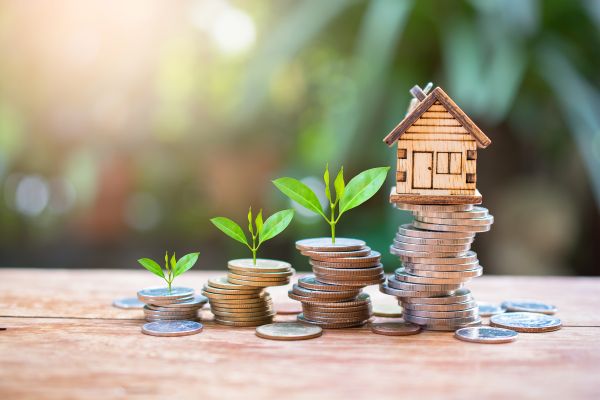How To Qualify For A Green Home Loan
 For a country where you bear the brunt of the elements like Australia, it has a lot of opportunities to harness that brunt into something beneficial.
For a country where you bear the brunt of the elements like Australia, it has a lot of opportunities to harness that brunt into something beneficial.
Intense sunlight can burn one’s skin but power a household. Seasonal storms can lead to flash floods but provide homes with an alternative water source. It makes the saying, “When life gives you lemons, make lemonade” ring true.
To do any of these things, you need the right equipment. The problem is that photovoltaic panels and rainwater harvesting systems don’t come cheap, even if they promise savings in the long run.
Fortunately, getting enough funding to upgrade a home to a green home is possible, primarily via a green home loan.
Here’s a look into what it is and how to qualify for one:
Mostly Similar
A green home loan is just as it says on the tin: a type of loan that offers advantageous terms in exchange for proof that a property meets environmental standards. This can be beneficial for first home buyers or current homeowners seeking to improve their properties. The loan can either be for a newly built property or an existing one with upgrades to meet said standards.
Depending on the country of residence, a green home loan might not differ much from a regular loan. For the most part, green home loans may carry similar interest rates, and qualifying for one is subject to identical ground rules (e.g., reviewing credit scores). But when qualified, banks and lending institutions can offer reduced rates or a higher principal.
A note about the principal is that lenders usually don’t consider the cost of green upgrades. If you’re applying for a USD$150,000 loan but have invested USD$15,000 in green upgrades, the grounds for eligibility are only for a USD$150,000 loan. It’s easier to qualify for a smaller loan than a bigger one, making green home loans a viable option.
Another thing that distinguishes green home loans from regular loans is they carry less risk for lenders (and borrowers to an extent). According to the World Green Building Council, two instances suggest such a case based on recent research:
- Because green upgrades are known to save on utility costs, green home loans can place borrowers in a better position to pay off their dues on time. As a result, lenders will be beset less by defaulting borrowers.
- The upgrades can also enhance a property’s overall green value and resilience to ‘brown discounts’ or a drop in value for lacking green features. Experts believe these figures will increase over time, especially over a green home loan’s term of 25 or 30 years.

Taking Out One
Notwithstanding a few specific conditions, the requirements for taking out a green home loan are more or less the same as a conventional loan.
A borrower has to produce documents proving that they earn enough to repay the loan over the loan’s duration. Lending institutions will also check credit reports to determine the borrower’s default risk.
However, a green home loan adds a Home Energy Rating System (HERS) report to the list of prerequisites.
This federally-recognized rating system measures a property’s energy efficiency relative to a house that complies with the 2006 International Energy Conservation Code (IECC) guidelines, valued at 100 points. The lower the score, the more energy-efficient the home is.
A HERS report comes from a certified home inspector, mainly from federal or state government agencies but can also be from third-party assessors. The report can include the HERS rating and the inspector’s recommendations to improve it. Real estate agencies may also provide limited HERS information if you’re in the market for a new energy-efficient home.
Some countries mandate a minimum rating. In Australia, one requirement for a green home loan is a minimum NatHERS rating of 7.0, one level higher than the minimum for most territories and states.
The report must also come from a NatHERS-accredited assessor who produces a colored report. Most lenders won’t accept reports from a non-accredited assessor.
Green Loans
A common misconception is that ‘green home loans’ are the same as ‘green loans.’
Whereas green home loans cover the purchase of an energy-efficient property, green loans are typically for individual green upgrades like sustainable renovation and installation of solar panels and the like.
The lack of the word ‘home’ can mean a world of difference.
Conclusion
Green home loans don’t differ much from conventional home loans, but the distinctions they possess are crucial.
Taking out one requires proof that the home you’re buying or upgrading meets environmental standards, aside from evidence of repayment.
But getting such a loan can help you on your path to owning an environmentally-friendly abode.



